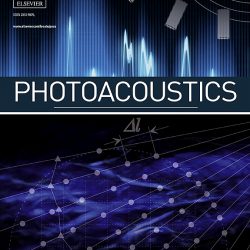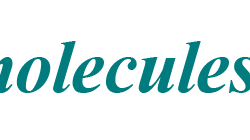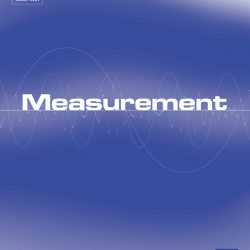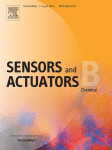New Publication on Optics & Laser Technology Journal
The PolySense team has just published a new article on Optics & Laser Technology journal (IF 5.0) reporting on a Quartz-Enhanced Photoacoustic Spectroscopy (QEPAS)-based sensor for sequentially measuring carbon monoxide (CO), nitrous oxide (N2O), and water vapor emissions near vehicle exhaust pipes. With detection limits of 150 ppb for N2O and 91 ppb for CO, this sensor Leggi di piùNew Publication on Optics & Laser Technology Journal[…]






